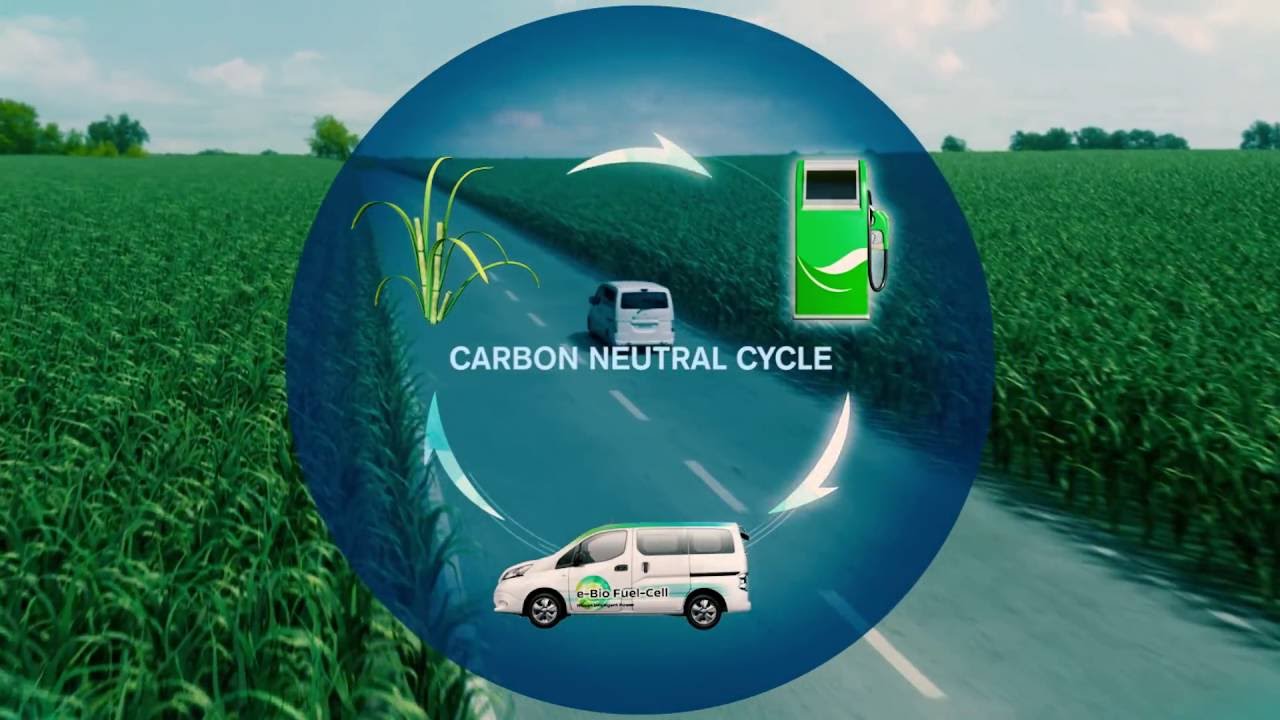Has bioethanol been used as automobile fuel?
Bioethanol is a high-octane alcohol and a renewable energy source that can be obtained by fermenting the sugar and starch components of vegetable by-products, and is shown as an important alternative to petroleum and other liquid fuels.

One of the first fuels used in the automobile industry, bioethanol (or ethanol for short), It was used extensively during World War II, especially by Germany, the United States, Brazil and the Philippines. After the war, bioethanol was replaced by cheaper petroleum-based fuels.
After the oil crisis in 1973, Brazil became the world's bioethanol leader thanks to the Brazilian Alcohol Program (PROALCOOL), whose aim was to develop a type of fuel that could be used with gasoline. Sugarcane was used as a source of bioethanol, and in the first phase of the project, between 1975 and 1979, distilleries were built right next to the sugar factories. In the next stage of the project, factories that can produce this fuel by themselves were built.
After the price of crude oil soared in the wake of the Iranian Revolution in 1979, Brazil forced itself to become a non-oil importer, and the Brazilian government asked car manufacturers to invent car engines that could run entirely on ethanol. The first of these engines was the model called 147 by Fiat and was produced by a subsidiary of Fiat in Brazil.
The PROALCOOL program lost its popularity in the 1980s after the collapse of oil prices, and was further reduced in the 1990s due to ethanol shortages. However, since the late 1990s, sales of cars that run entirely on bioethanol have increased.
There is ongoing debate about what the carbon footprint of ethanol production is. Research shows that the workforce and energy requirement for bioethanol production are quite high. For this reason, it is considered certain that one day, bioethanol will be replaced by other alternative fuel sources.
